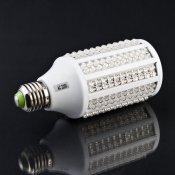konakoa
Member
- Joined
- Sep 23, 2006
- Messages
- 186
- Format
- Large Format
konakoa submitted a new resource:
(there was a url link here which no longer exists) - 4x5 enlarger conversion, DIY LED head
(there was a url link here which no longer exists)
(there was a url link here which no longer exists) - 4x5 enlarger conversion, DIY LED head
This article was originally part of a website I maintained. The website is no more, so I wanted to update some information and place the contents of the old page here for anyone who may still find it interesting. This project was one I thought was really interesting and fun. In it I took an old medium format Beseler 23C enlarger and converted it to work with large format 4x5 film. I also made a homemade light source for it using LED lighting.
What I thought was incredibly useful about...
(there was a url link here which no longer exists)
Last edited by a moderator:






 If you do build one, all I ask is you post pictures of your finished enlarger. For all the years I ran my website I never had anyone send or post pictures of another LED enlarger head. I think it would be fun to see how someone else goes after the project. I'd also be glad to help with ideas, test results or methods--just send me a note or post here.
If you do build one, all I ask is you post pictures of your finished enlarger. For all the years I ran my website I never had anyone send or post pictures of another LED enlarger head. I think it would be fun to see how someone else goes after the project. I'd also be glad to help with ideas, test results or methods--just send me a note or post here.